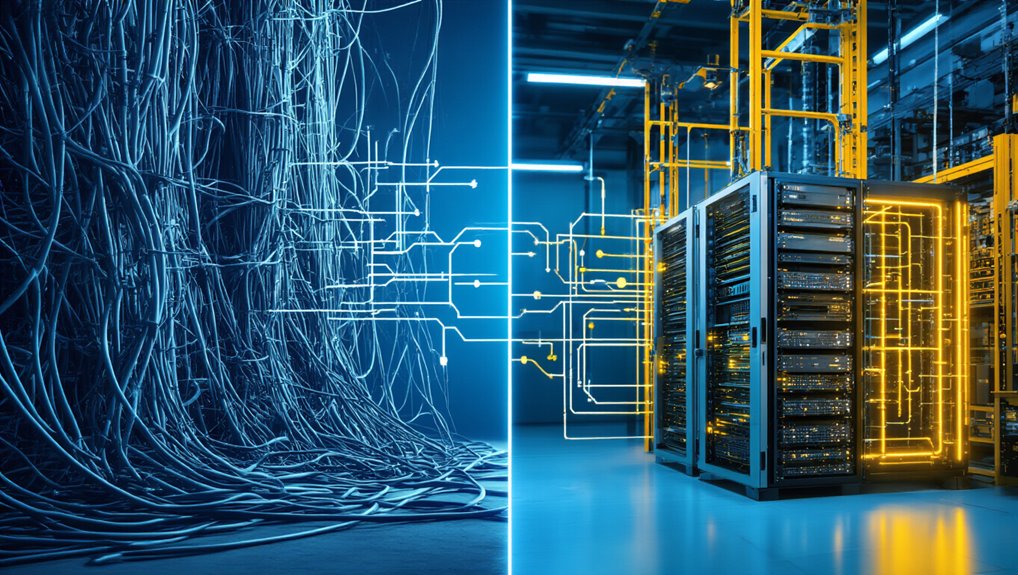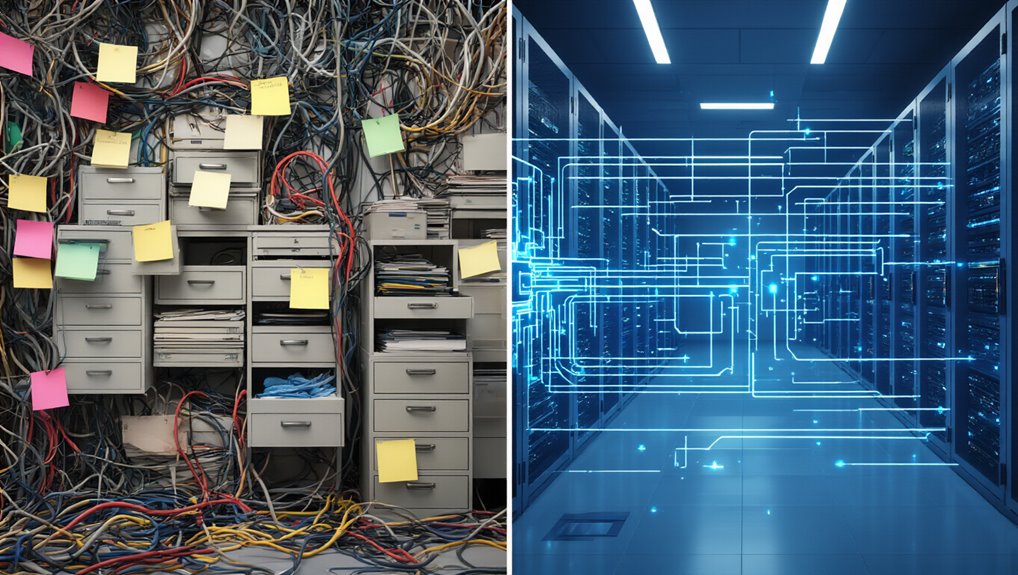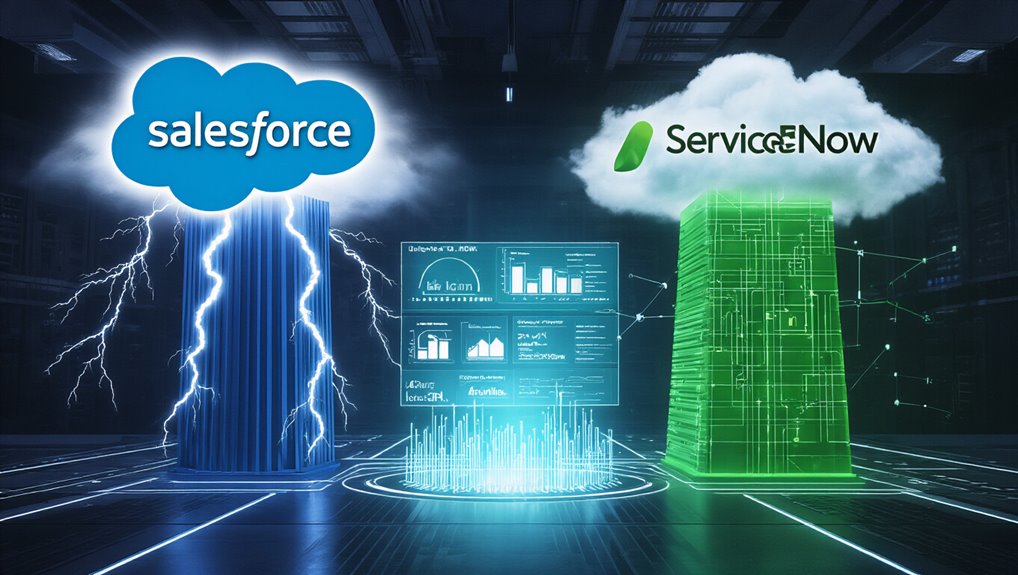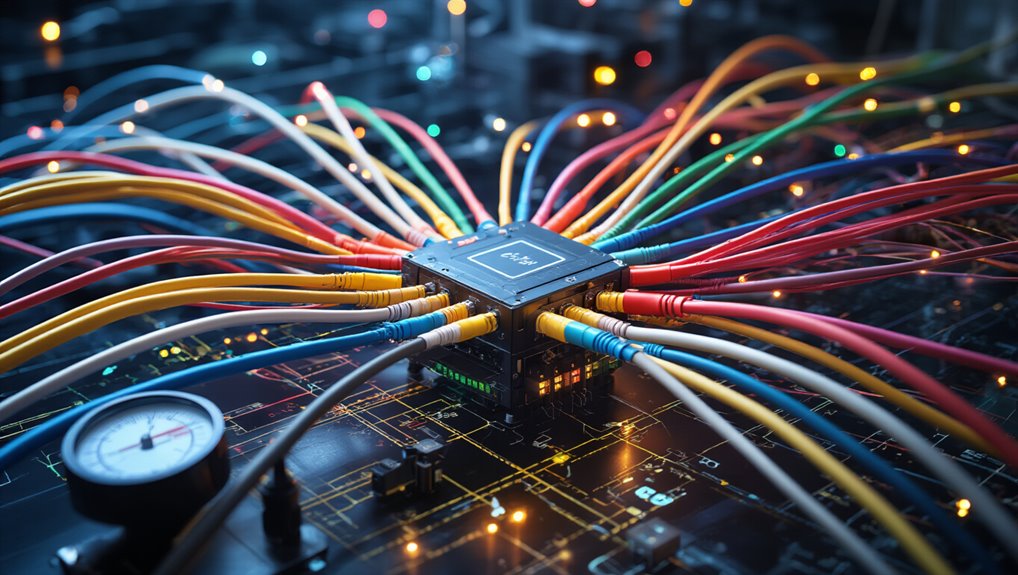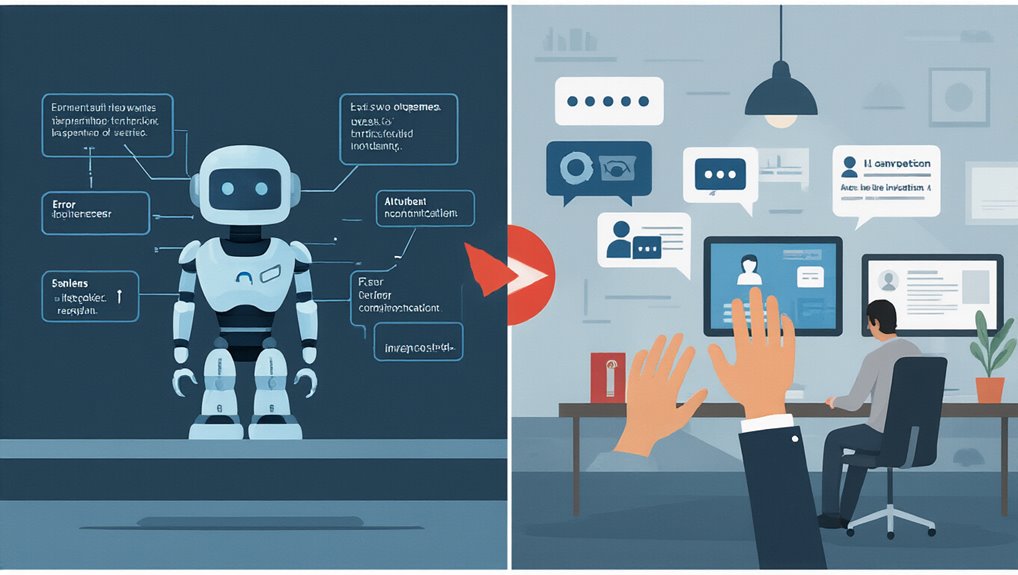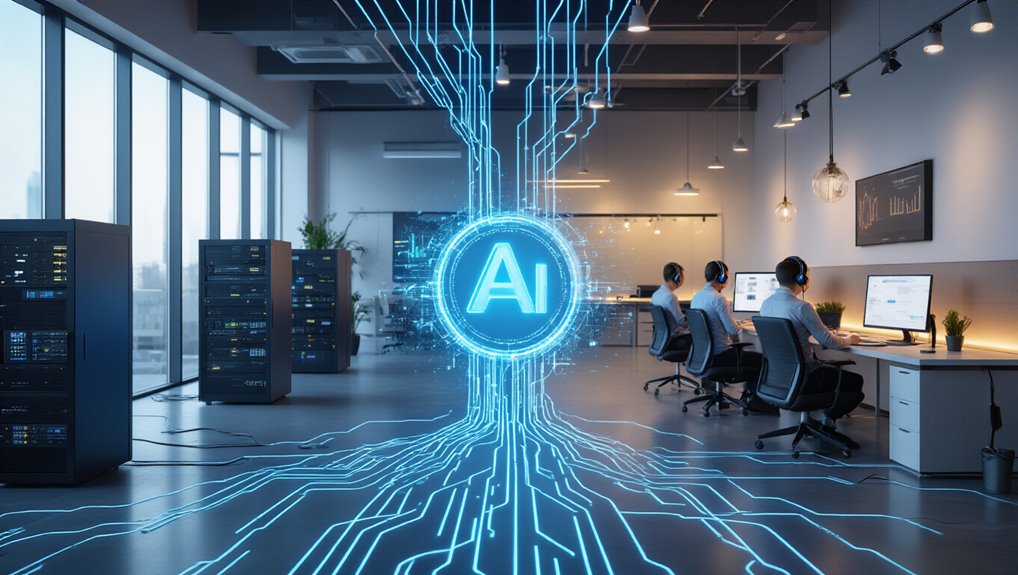Why are organizations increasingly moving away from traditional Enterprise Application Integration (EAI) solutions toward self-service integration platforms? The answer lies in fundamental architectural differences that directly impact business agility and IT effectiveness.
Traditional EAI relies on point-to-point integration, creating rigid connections between systems that often result in complex, difficult-to-maintain “spaghetti” architectures. In contrast, self-service integration leverages Service-Oriented Architecture (SOA) principles, enabling loose coupling between systems for more flexible interactions. This approach aligns well with web services, which are designed to provide loose coupling unlike traditional EAI methods that tend to be more tightly integrated. This evolution follows the historical pattern from the 1990s when EAI first emerged to address manual data transfer problems from earlier decades.
Moving from rigid point-to-point connections to SOA-powered loose coupling creates more adaptable, maintainable system architectures.
Development complexity represents another significant differentiator. EAI typically requires custom-coded integrations for each new system or process, demanding specialized developer skills and extending implementation timelines. Self-service platforms offer codeless or low-code interfaces that democratize integration capabilities. This accessibility allows business users to create and modify workflows without constant IT intervention.
The impact is substantial—78% of workflows created in self-service platforms go live in less than one month.
Scalability challenges become increasingly apparent as enterprises grow. Traditional EAI struggles when the number of integrated systems expands, primarily due to tightly coupled, interconnected links. Self-service integration supports scalability through hub-and-spoke or bus architectures, enabling new systems to connect easily without redesigning entire workflows.
These platforms typically offer:
- Elastic scaling capabilities
- Support for both on-premises and cloud environments
- Isolated changes that don’t disrupt other components
Perhaps the most transformative advantage is user empowerment. Self-service platforms enable business users to design integrations through:
- Pre-built connectors
- Visual drag-and-drop interfaces
- Self-guided learning resources
This democratization of integration capabilities accelerates innovation and responsiveness to changing business needs. Additionally, self-service integration reduces the strain on IT budgets as legacy system maintenance alone consumes up to 60% of resources that could be directed toward innovation.
Organizations missing these advantages often find themselves limited by slower development cycles, increased maintenance costs, and reduced business agility. As enterprises face increasing pressure to adapt quickly to market changes, self-service integration provides the architectural flexibility, reduced complexity, and user empowerment necessary to maintain competitive advantage in rapidly evolving business environments.
